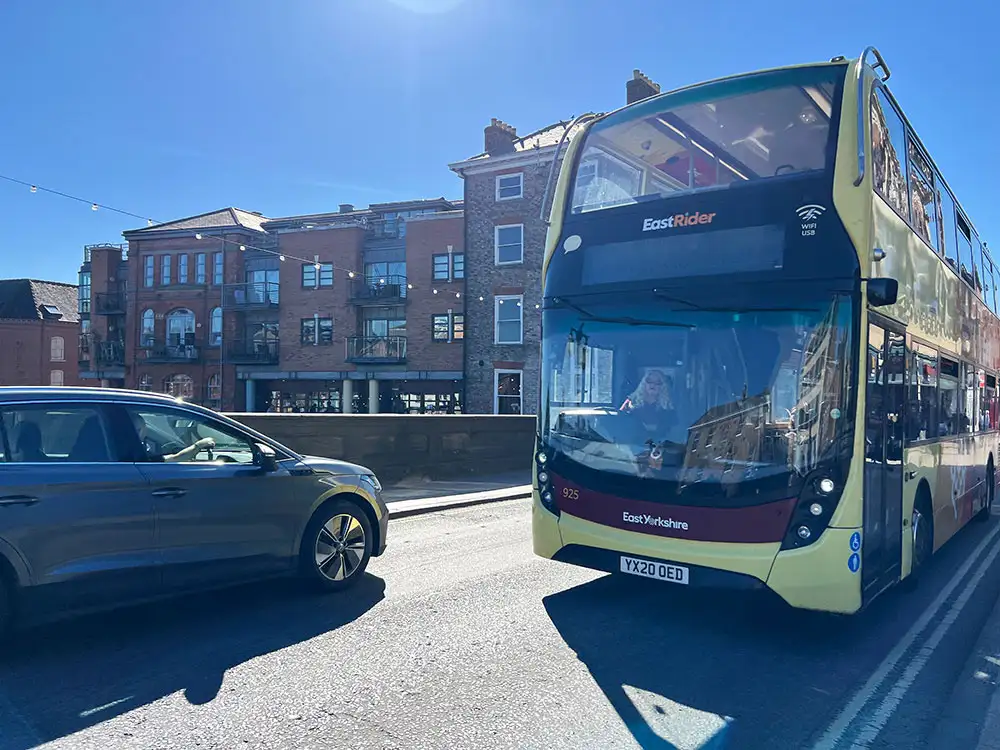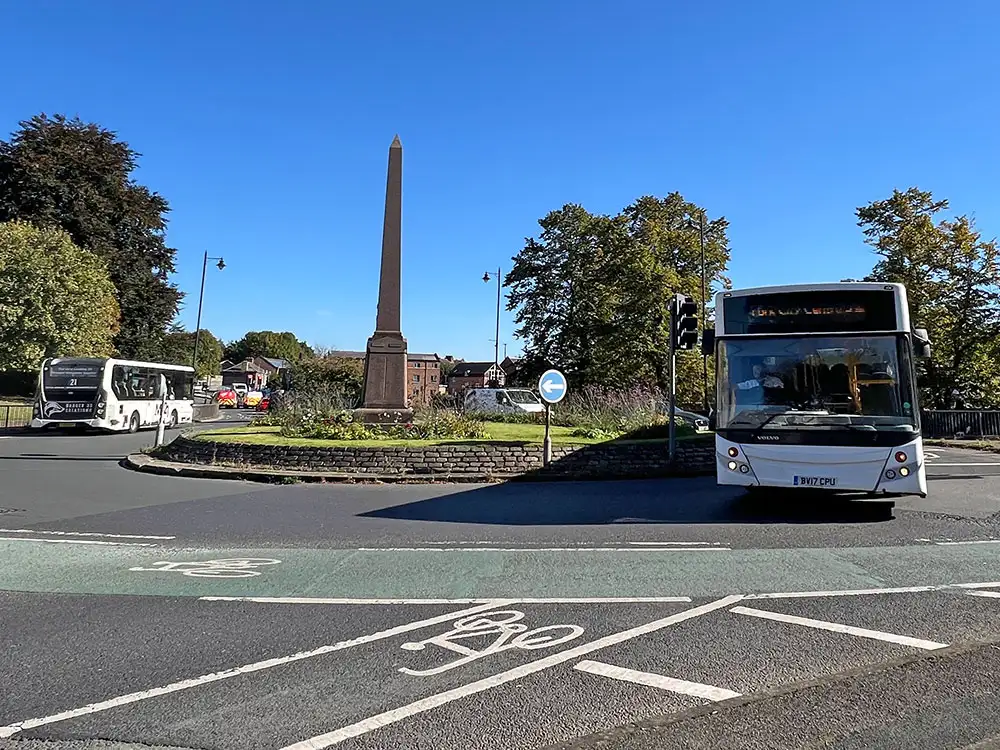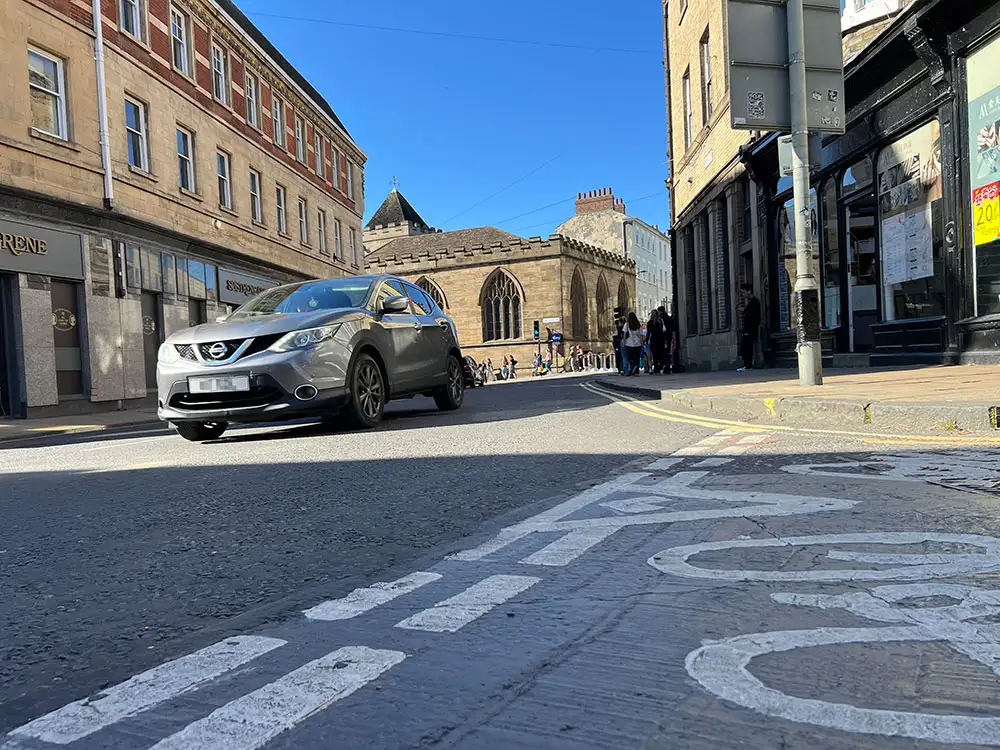York’s first sustainable transport route will put buses and bikes first on key roads in the city centre.
Private cars would be “substantially” reduced on the route, which runs from the station through to Tower Street.
The idea is to make the roads safer and improve air quality. That way, more people will take up active travel modes like walking and cycling, City of York Council believes.
The plan is just one item in an ambitious Local Transport Strategy aimed at reducing York’s dependency on the car which often leaves the city gridlocked and with concerning levels of air pollution.
Under the strategy’s implementation plan, to be discussed at a scrutiny committed next week, the sustainable transport route is due to be delivered “in the short term”.
The council report says: “This route will run from the station frontage via Rougier Street, George Hudson Street, Micklegate, Ouse Bridge, Clifford Street and Tower Street (a route where two-thirds of users are already travelling by bus or active modes) and will see very substantial reductions in through private traffic with active travel, public transport and essential journeys prioritised using a traffic filter.
“This will provide safer walking and cycling routes into the heart of York city centre and improve bus service reliability, which has been traditionally compromised by congestion in this area of the city.

“It will also enhance air quality along this corridor, particularly on Rougier Street which is currently one of the three areas of York that breaches the legislated air quality standards.”
The plan adds: “Individual improvements will allow buses to be turned around at the Railway Station and the roundabout at the junction of Tower Street and Skeldergate Bridge.
“This will increase flexibility for operating buses in central York, cutting out many time-consuming movements made currently to turn buses around.”
The changes would tie in with the Castle Gateway project, which will see Castle Car Park transformed into a public space, “resulting in a substantial reduction in vehicle traffic to this area”.

One of the long-term ambitions of the strategy is to double the number of York journeys made by walking, cycling or wheeling to 45% by 2040.
The strategy would also create “a pilot corridor and neighbourhoods project”. This would include protected cycle paths, accessible pavements and “Copenhagen style side-road crossings along main roads and streets near schools”.
A City of York Council spokesperson said: “This comes after people told us that they would walk and cycle more if there were safer better routes.”
Cllr Kate Ravilious, executive member for transport, said:
Between now and 2040 we will transform the ways in which people move around our city, making walking, wheeling, cycling and getting the bus a truly realistic option for everyone – and, in doing so, free up road space for those who do need to drive.
The Implementation Plan identifies the foundations required to reach this vision and has the genuine prospect of setting York on a new direction of travel, improving access to education, jobs and leisure, as well as improving the physical and mental wellbeing of our residents by reducing air and noise pollution.
The draft implementation plan will be discussed at the Economy, Place, Access and Transport Scrutiny Committee next Tuesday (24 September). You can read it here.
